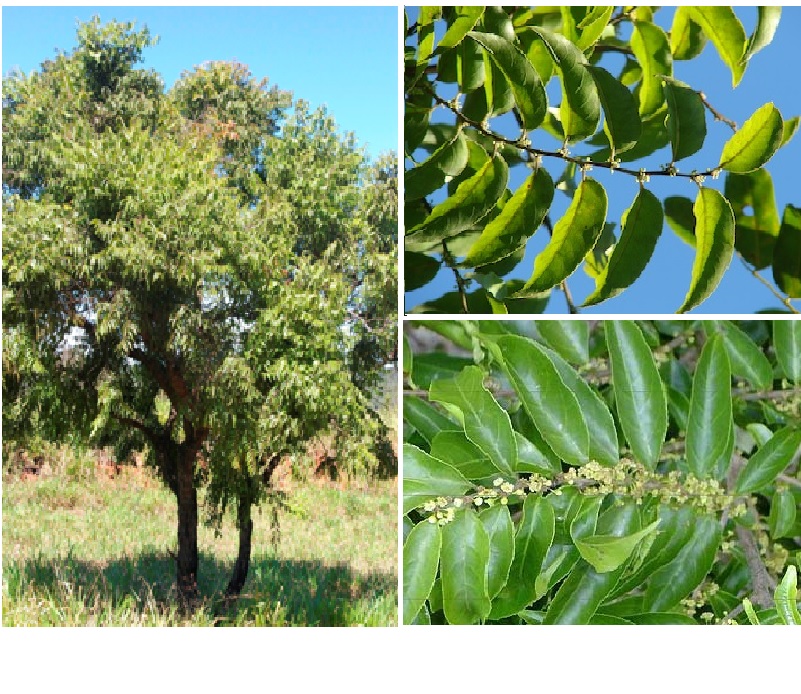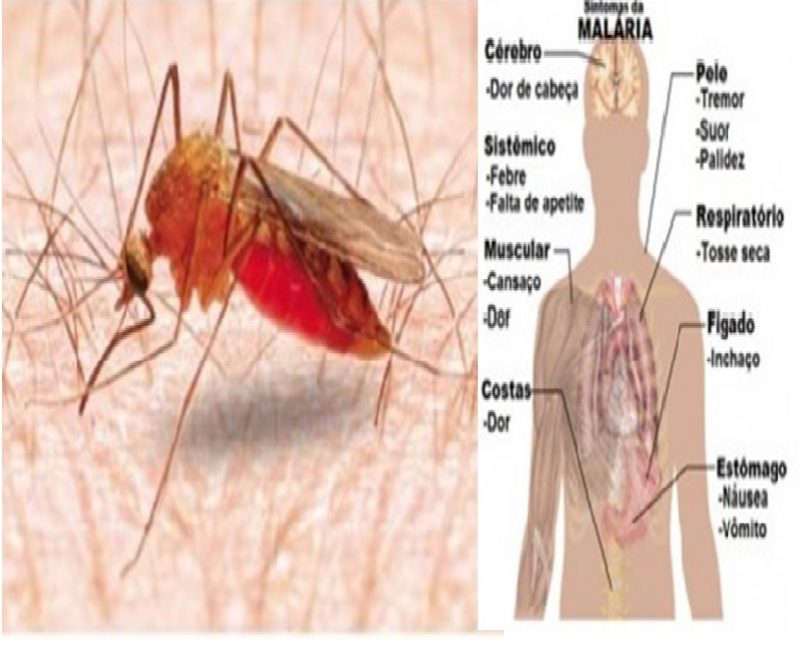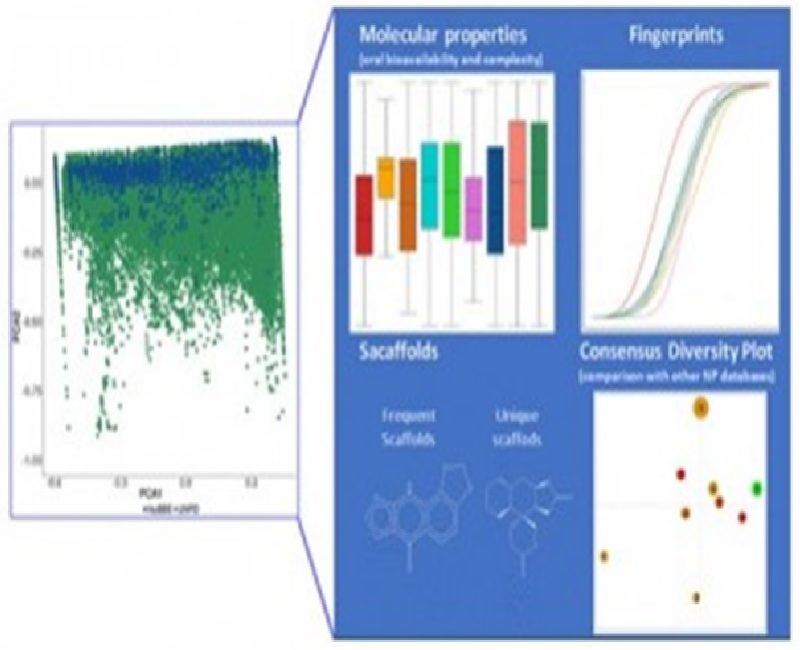
Authors:
Bueno, Paula Carolina Pires [1] ; Salome Abarca, Luis Francisco [2] ; Anhesine, Naira Buzzo [1] ; Giffoni, Maira Silva [1] ; Pereira, Fabiola Manhas Verbi [1, 3] ; Torres, Roseli Buzaneli [4] ; de Sousa, Rayran Walter Ramos [5] ; Ferreira, Paulo Michel Pinheiro [5] ; Pessoa, Claudia [6] ; Cavalheiro, Alberto Jose [1]
Abstract:
Casearia sylvestris is an outstanding representative of the Casearia genus. This representability comes from its distinctive chemical profile and pharmacological properties. This species is widespread from North to South America, occurring in all Brazilian biomes. Based on their morphology, 2 varieties are recognized: C. sylvestris var. sylvestris and C. sylvestris var. lingua. Despite the existence of data about their chemical composition, a deeper understanding of the specialized metabolism correlation and variation in respect to environmental factors and its repercussion over their biological activities was still pending. In this study, an UHPLC-DAD-based metabolomics approach was employed for the investigation of the chemical variation of 12 C. sylvestris populations sampled across 4 Brazilian biomes and ecotones. The correlation between infraspecific chemical variability and the cytotoxic and antioxidant activities was achieved by multivariate data analysis. The analyses showed that C. sylvestris var. lingua prevailed at Cerrado areas, and it was correlated with lower cytotoxic activity and high level of glycosylated flavonoids. Among them, narcissin and isorhamnetin-3-O-α-L-rhamnopyranosyl-(1 → 2)-α-L-arabinopyranoside showed good correlation with the antioxidant activity. Conversely, C. sylvestris var. sylvestris prevailed at the Atlantic Forest areas, and it was associated with high cytotoxic activity and high content of clerodane diterpenoids. Different casearins showed good correlation (R2 = 0.3 – 0.70) with the cytotoxic activity. These findings highlighted the great complexity among different C. sylvestris populations, their chemical profile, and the related biological activities. Consequently, it can certainly influence the medicinal properties, as well as the quality and efficacy, of C. sylvestris phytomedicines.
1 Institute of Chemistry, Department of Biochemistry and Organic Chemistry, São Paulo State University (UNESP), Araraquara/SP, Brazil
2 Natural Products Laboratory, Institute of Biology, Leiden University, Leiden, The Netherlands
3 National Institute of Alternative Technologies for Detection Toxicological Assessment and Removal of Micropollutants and Radioactive Substances (INCT-DATREM) Araraquara, São Paulo State, Brazil
4 Agronomic Institute of Campinas, Herbarium IAC, Campinas/SP, Brazil
5 Department of Biophysics and Physiology, Laboratory of Experimental Cancerology, Federal University of Piauí, Teresina/PI, Brazil
6 Department of Physiology and Pharmacology, Faculty of Medicine, Federal University of Ceará, Fortaleza/CE, Brazil
Link to article: https://www.thieme-connect.de/products/ejournals/abstract/10.1055/a-1301-0183







